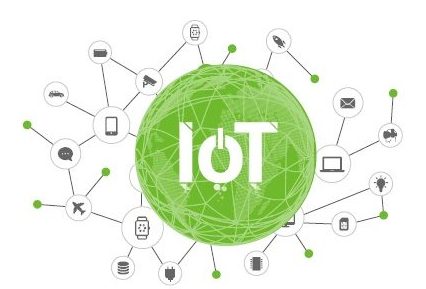Enterprise Blockchain Security 2020-3
Current mainstream consortium blockchain platforms include Hyperledger, Quorum, and R3 Corda, which are described in detail in the following sections.

Current mainstream consortium blockchain platforms include Hyperledger, Quorum, and R3 Corda, which are described in detail in the following sections.

This chapter describes the characteristics, usage scenarios, and architecture of enterprise blockchains, and illustrates three major enterprise blockchain systems in three separate sections.

Malicious Behaviors Targeting UPnP Vulnerabilities We captured four kinds of UPnP exploits 1, as shown in Table 4-7. Apparently, all the exploits targeted remote command execution vulnerabilities. Besides, we found that when a vulnerability is found on a specific port, attackers usually directly hit this port by skipping the UPnP discovery phase.

Blockchains are distributed digital ledgers of cryptographically signed transactions that are grouped into blocks. Each block is cryptographically linked to the previous one (making it tamper evident) after validation and undergoing a consensus decision. As new blocks are added, older blocks become more difficult to modify (creating tamper resistance). New blocks are replicated across copies […]

The following sections analyze threats from the port mapping service based on UPnP port mapping tables collected from network-wide devices. Overview In the 2018 Annual IoT Security Report , we focused our attention on four types of malicious port mappings that had the most distinctive characteristics and the most extensive impact. Of the four major […]

In the 2018 Annual IoT Security Report, we analyzed threats against UPnP and you can refer to the report for basics of UPnP. In this report, we updated UPnP-related data and added new findings. Viewpoint 6: Approximately 2.28 million IoT devices around the world had the UPnP/SSDP service (port 1900) publicly accessible and therefore were […]

This section analyzes WS-Discovery reflection attacks. For details about the WS-Discovery service, see section 1.6 WS-Discovery First Found to Be Abused for DDoS Reflection Attacks.

Introduction This chapter analyzes IoT threats from the perspective of protocols. According to the data from NSFOCUS’s threat hunting system, Telnet services (port 23) were targeted most frequently1. Therefore, we first analyze the attacks launched via Telnet. WS-Discovery reflection attacks are a new type of DDoS reflection attacks emerging in 2019 and will be described […]

In this section, we analyze threat trends related to Netis routers according to the data captured by NSFOCUS’s threat hunting system. Our data is based on log messages generated from May 21 to October 30, 2019. The following subsections analyze these log messages from the aspects of attack sources, attack incidents, and samples. Attack Sources […]

In this section, we analyze two vulnerabilities, namely, the CVE-2016-10372 vulnerability32 in the Eir D1000 router and the backdoor vulnerability in Netis routers. Except UPnP-related vulnerabilities described in section 4.4.3 Malicious Behaviors Targeting UPnP Vulnerabilities, the CVE-2016-10372vulnerability was exploited most frequently. The backdoor vulnerability in Netis routers exerted a severe impact when it was initially […]